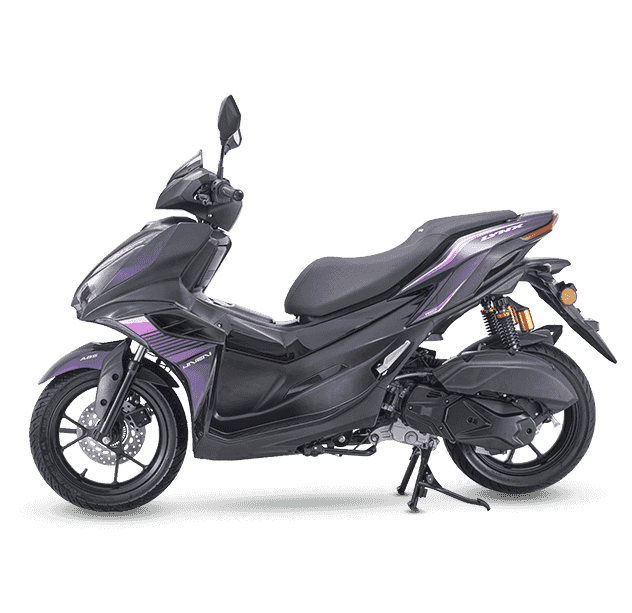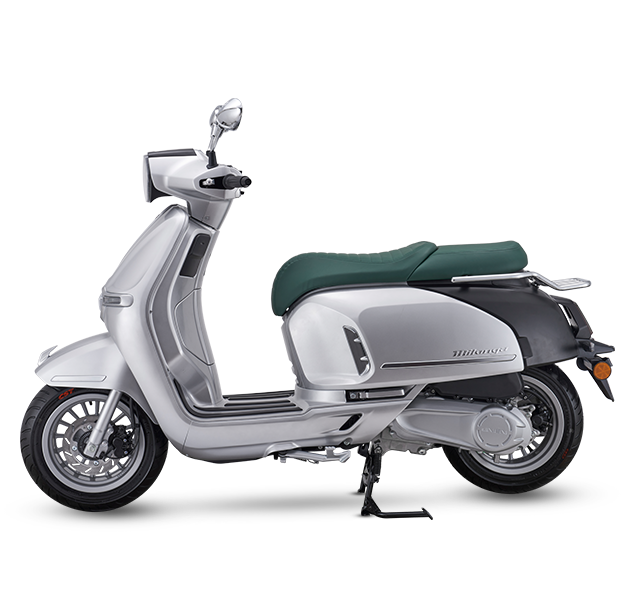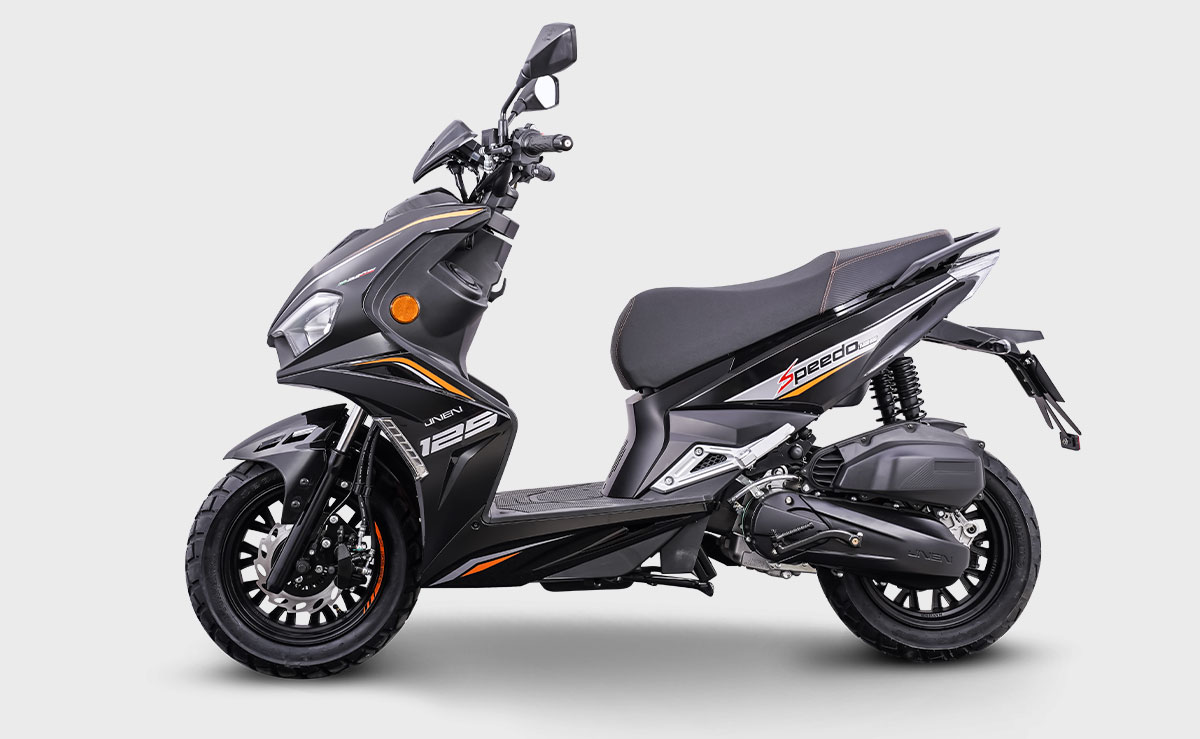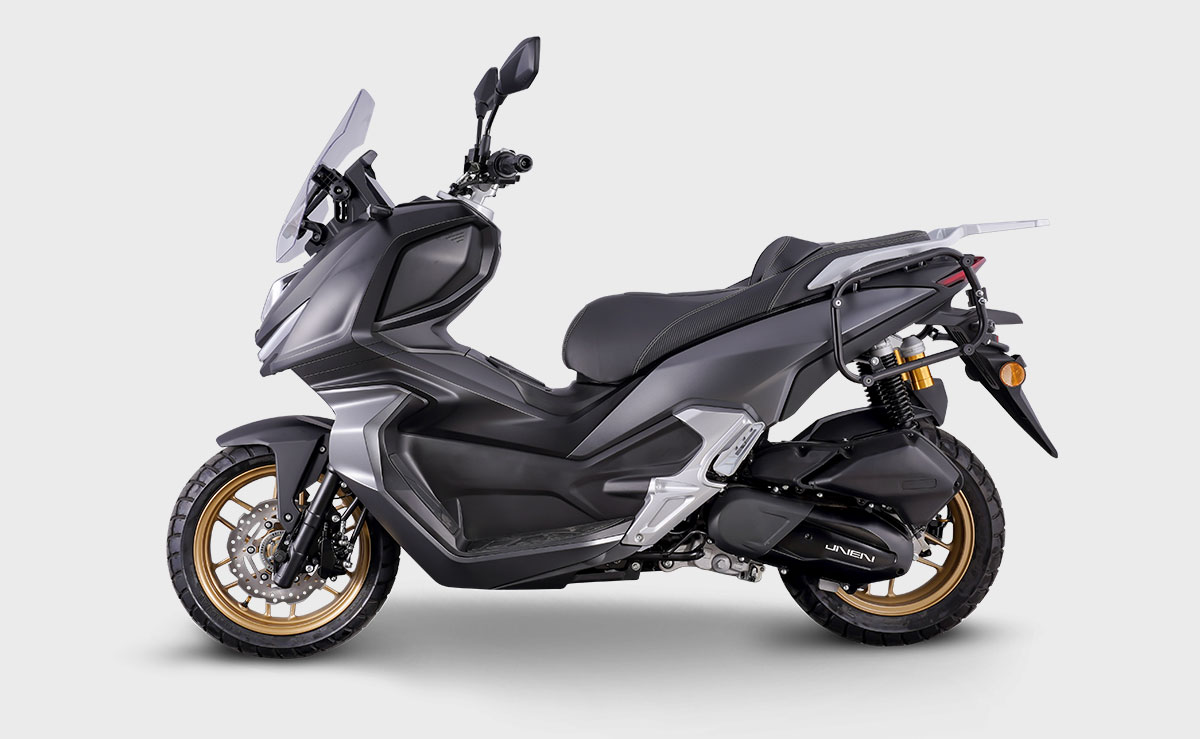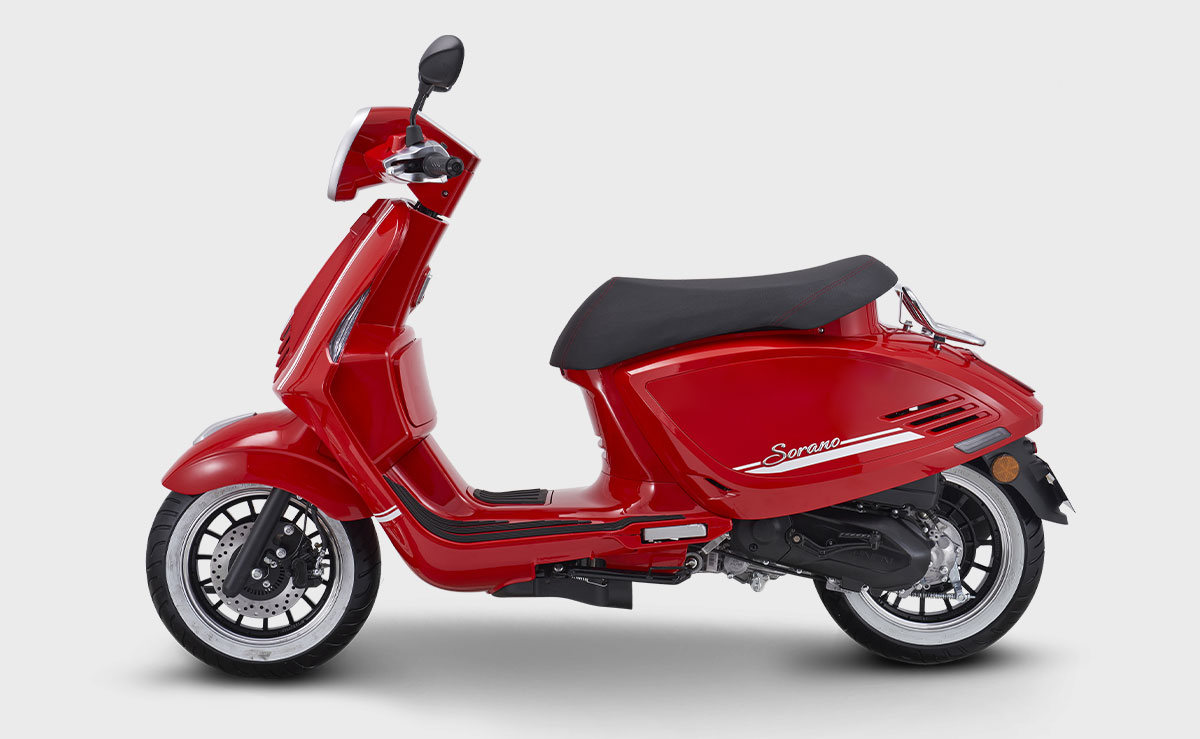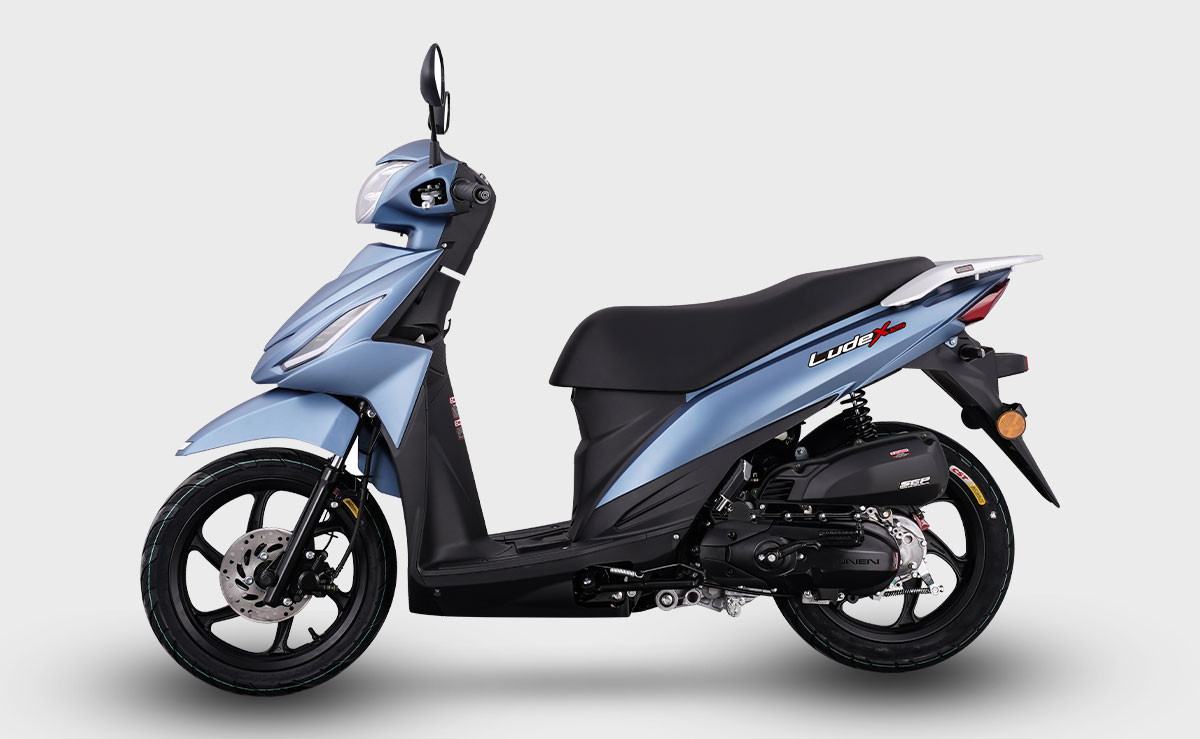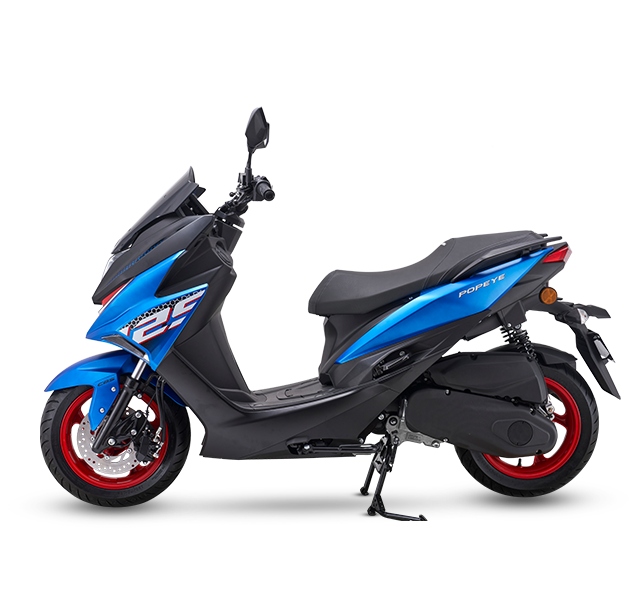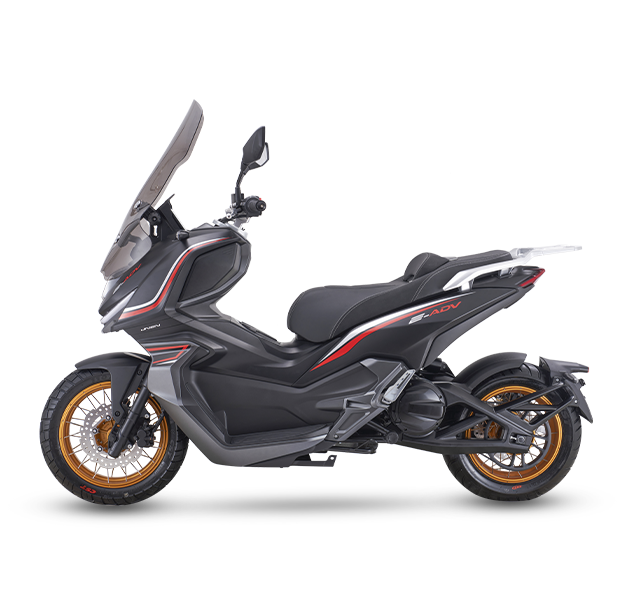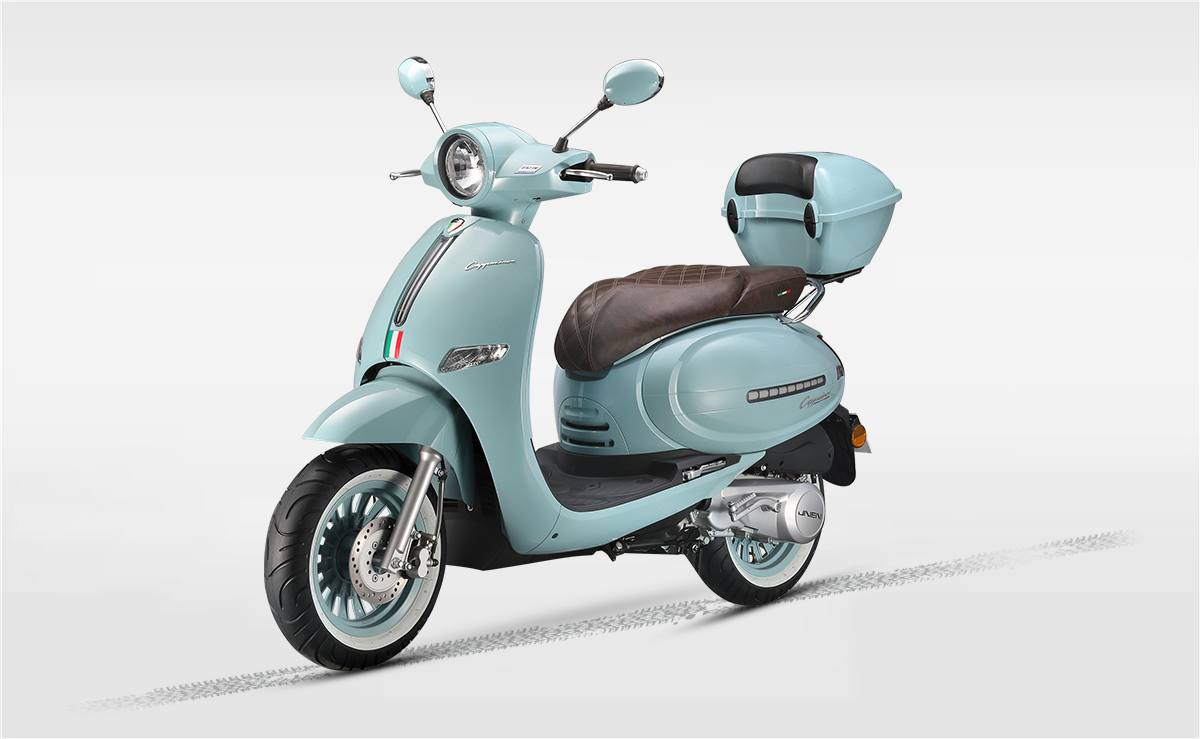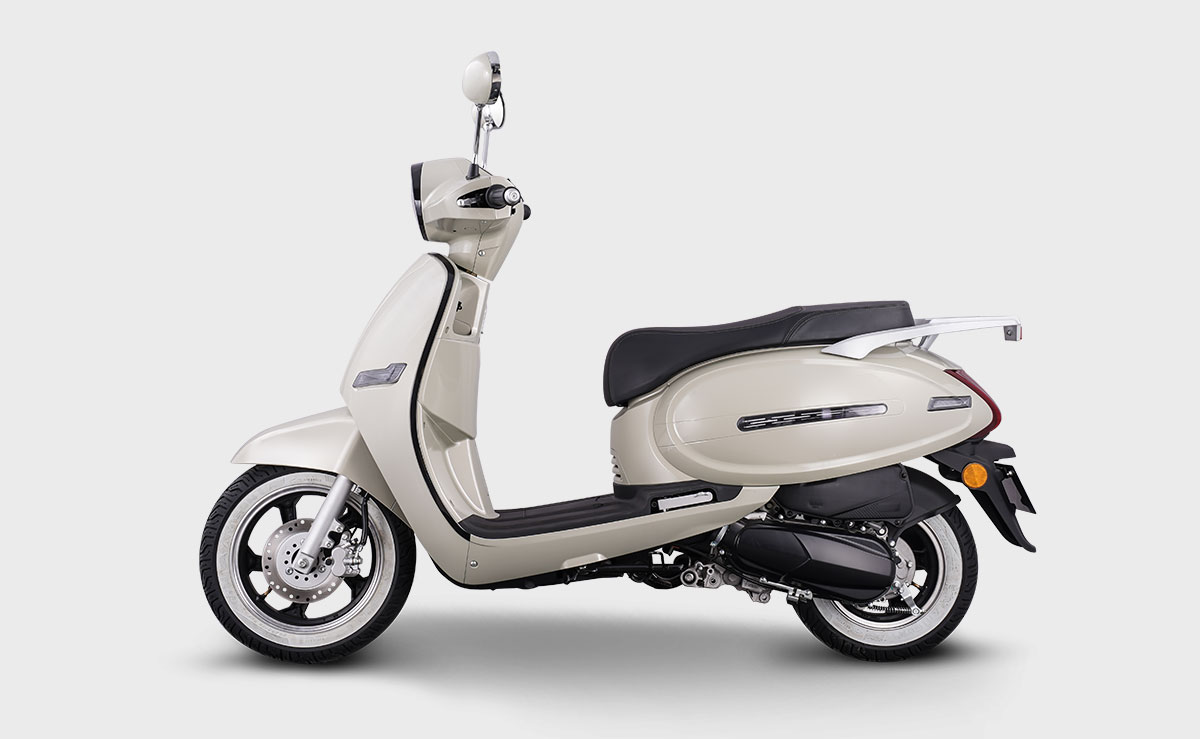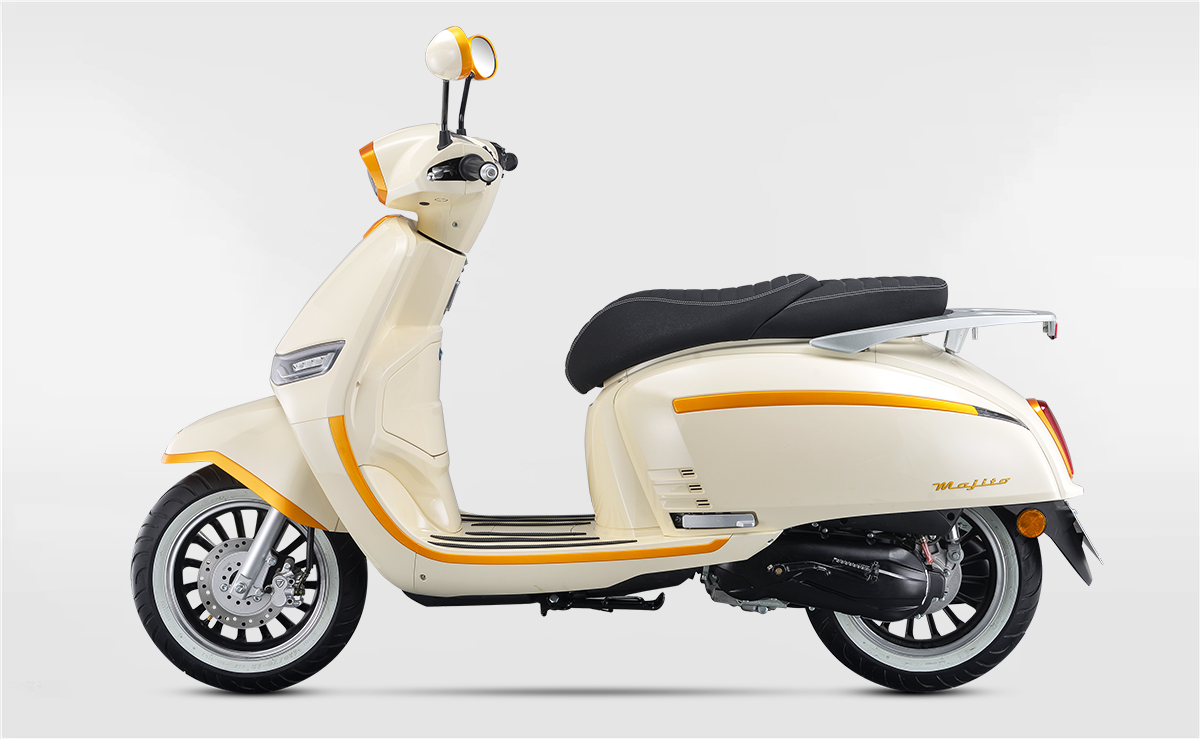A Practical Look at Shockproof and Scratch-Resistant Features of Scooter Tail Boxes
Material Considerations in Scooter Tail Box Manufacturing
The Electric Scooter Tail Box is designed to offer not only additional storage capacity but also a reliable structure that can withstand the challenges of urban commuting. One of the concerns for riders is whether this accessory is resistant to impacts and scratches. Commonly used materials for these boxes include high-density polypropylene (PP), acrylonitrile butadiene styrene (ABS), and occasionally polycarbonate (PC). Each of these polymers has been selected for its ability to absorb shocks, resist cracking, and maintain visual appeal even after extended use.
.png)
Understanding Impact Resistance in Everyday Use
Impact resistance refers to a material's ability to absorb energy from a sudden force or collision without breaking or deforming permanently. This quality is crucial for tail boxes, which are often exposed to rough handling, sudden stops, or even minor accidents. A well-designed tail box should be able to withstand bumps against walls, falls from low heights, or contact with other scooters or bicycles in crowded parking areas. Reinforced corners and internal support structures are often added to enhance the overall integrity of the box, making it less susceptible to cracking under pressure.
Scratch Resistance and Long-Term Appearance
Beyond structural damage, cosmetic durability plays a major role in a user's satisfaction. A tail box that easily shows scratches or scuffs may quickly lose its appeal, even if it remains functional. Scratch-resistant coatings and matte or textured surface finishes are now commonly employed to reduce visible wear. Some models also incorporate UV-resistant layers that prevent color fading and surface degradation caused by prolonged sun exposure. This ensures that the box maintains its visual appearance over months or even years of daily use.
Testing Standards and Real-World Durability
Manufacturers often subject their tail boxes to laboratory tests that simulate common real-world scenarios. These tests include controlled drop tests, vibration analysis, and surface abrasion experiments using standardized methods. While not all brands disclose their testing data, many reputable companies meet or exceed industrial standards for outdoor plastic enclosures. Real-world feedback from users also confirms that high-quality tail boxes can survive multiple seasons of commuting without significant damage, provided they are used within their design limitations.
Design Features That Enhance Protection
The geometry of a tail box can also contribute to its durability. Rounded edges are less likely to chip or crack than sharp corners, and raised ridges or layered designs can help deflect the force of impacts. Some models integrate internal padding or foam inserts to protect the contents from damage due to road vibrations or sudden stops. These design details, while subtle, reflect a commitment to durability that goes beyond surface-level marketing claims.
Daily Maintenance and Use Habits Matter
Even the durable tail box can degrade over time if not properly maintained. Riders are encouraged to clean their boxes regularly, avoiding harsh solvents that may weaken the plastic. In high-traffic environments, using protective covers or parking away from high-risk areas can prevent unnecessary contact with hard surfaces. Additionally, overloading the box or using it as a backrest can compromise its structural integrity over time, reducing its impact resistance.
Durability Is Built from Materials, Design, and Usage
A truly impact-resistant and scratch-proof tail box is the result of thoughtful engineering, quality materials, and responsible usage. While not all models on the market offer the same level of protection, many are built to endure the daily rigors of city commuting. Prospective buyers should review product specifications carefully, looking for terms such as “shockproof,” “scratch-resistant,” or “UV-stabilized” to ensure they’re investing in a box that will remain reliable and visually appealing over time.
 Maroc
Maroc



 English
English 中文简体
中文简体 Español
Español